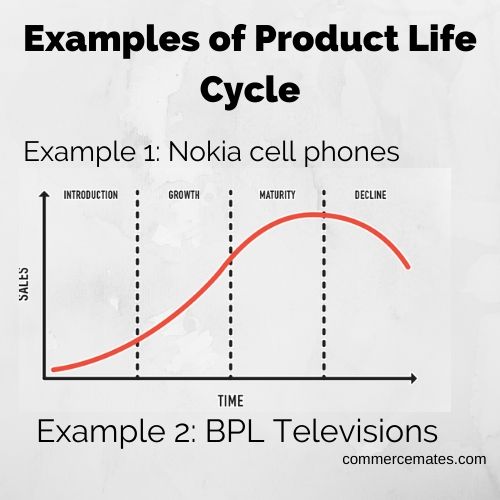Contents
What do you Mean by Product Life Cycle
The product life cycle is the path that the product follows in the market, starting from its introduction stage to its decline or withdrawal. The different stages in the product life cycle are the introduction stage, growth stage, maturity stage, and the final one that is the decline or withdrawal stage. Each stage signifies the progress of the product in the market. These stages depict full information about product health in the market and serve as a measure for taking corrective actions timely by the company.
However, all products do not reach the final stage that is decline stage and are removed before that stage seeing their progress. The study of the product life cycle is quite important for framing marketing strategies and taking decisions regarding the marketing mix. During the introduction, the stage company incurs heavy expenses over promotional activities to create awareness. Whereas, as the product reached to its maturity stage and began to move towards the decline stage, the company cuts its expenditure on the promotion of its product.
Some of the examples of the product life cycle

Example 1: Nokia cell phones
Introduction stage
Nokia, in 1992 came up with its innovative product mobile cell phones. Till now, people were limited to use landline telephones in which they were restricted to use the phone at home due to wired connections. Nokia comes up with digital handheld phones, which can be carried everywhere, and people can communicate at any place. Nokia first launched model 1011 in 1992.
Growth stage
After 2003 Nokia attained great growth in its market. People started accepting its product on a large scale. The company was making an attempt to improve its products’ features like better display, games, camera, music ergonomic keypads, etc. Many mobile phones like N95, 3310, and 3315 with advanced features were launched by the company.
Maturity stage
Here the company was making large profits and its sales were up. The company was enjoying a big customer base after the year 2009. It had a good name in the mobile market, and the customer trusts its products. Its sales were at a peak. Nokia launched many advanced phones with a touched screen, Qwerty keyboard, and better camera features. Models like N97, 5233, X2 were launched during this period.
Decline stage
Finally, after the year 2011 Nokia market was decline. Nokia was not able to keep its product in line with technology and features as demanded by the market. There were many competitors like Samsung, Micromax, Lava, and many more offering better products in the market. People were not accepting mobile design manufactured by Nokia and hence were attracted by other competitors.
Example 2: BPL Televisions
Introduction stage
BPL came up with a television in 1980. It was an innovative product for entertainment, and people start gathering information about it. The company focuses on its advertisement campaigns to attract more and more customers to attract them towards its product. Initially, the company launched black and white television without colour effects.
Growth stage
Now the company was making progress, and customers were accepting its product. BPL was also making an effort to improve its television quality and services. Here undergrowth stage, after 1985, BPL launched its colour television. It was continuously making an effort to grab the market and increase the sale of its televisions.
Maturity stage
Hereafter 1995 onwards company was earning high profits. Its sales were at peak and were having a large no. of potential buyers. The company launched many advanced colour television models having large no. of channels and remote features during this period. Its product was accepted by a large portion of the market.
Decline stage
BPL, after the year 2000 onwards, witnessed a drop in its sales and profit. It was almost out of the market because several competitors with advanced technology came up in the market. BPL televisions were not in line with technology available at that time in the market. Finally, its televisions were not accepted by the public, and they were shifted to advanced products like LED televisions.